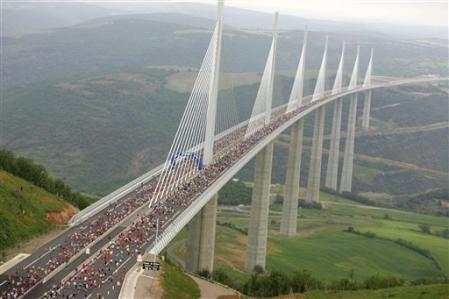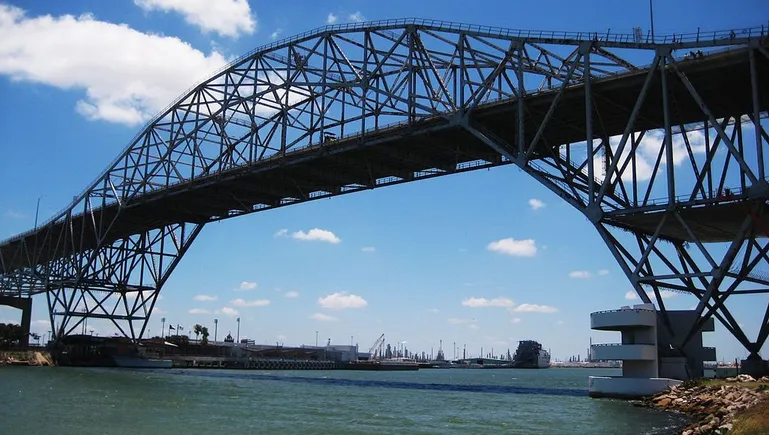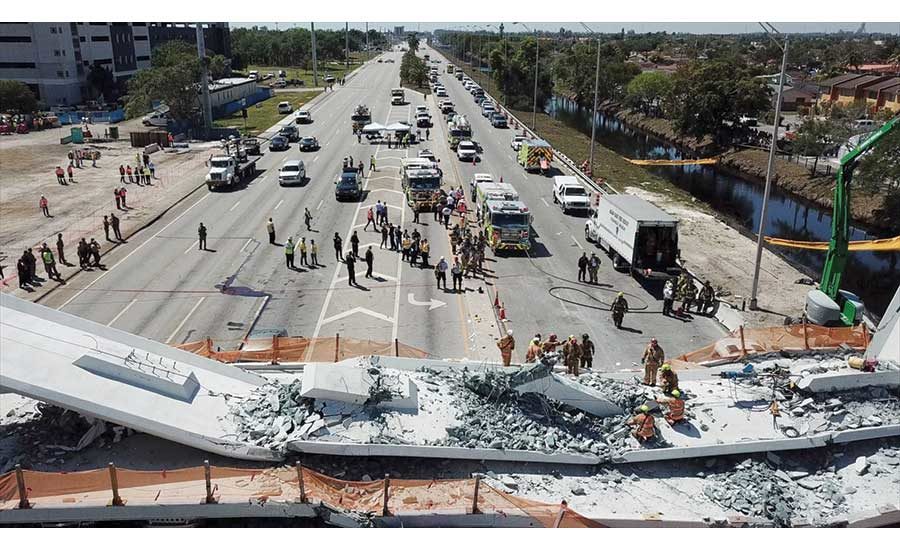Roadghost
Well-known member
FEA software is only as useful as the person running it. If the constraints and wire mesh aren’t set properly it’s garbage in / garbage out.
Obviously with this bridge there were many oversights in the design process. The stress analysis may have been one of them.
Once the parameters are set in the software it should tell the engineer where the stress problems are. That's the whole point of it. Only an idiot would rely entirely on the software to do this though. You can look at that bridge without any testing whatsoever and see there are problems that defy gravity: there's no arch to it, there's only one line of beams and no x-members, the top beam is ridiculously skimpy given the span, etc. Look at all the gesticulating twits in that engineering forum all pointing out thread after thread of theoretical problems and guessing at the pictures. It's scary that these highly schooled experts can't finger the problem. I would hazard to guess, as a layman, even if #11 didn't give way something else would have because the span simply is too long for the amount of structure used. Too much art, not enough science.


















